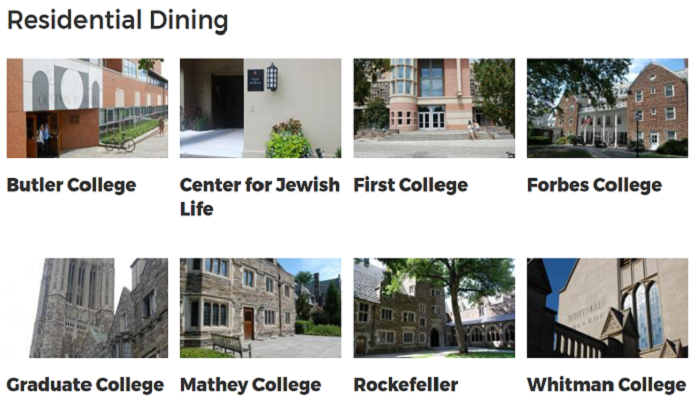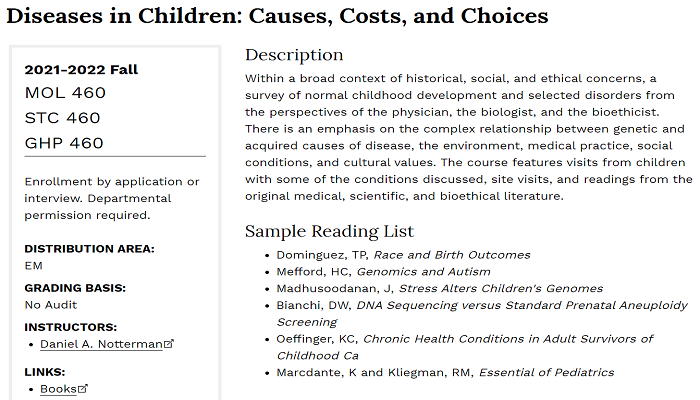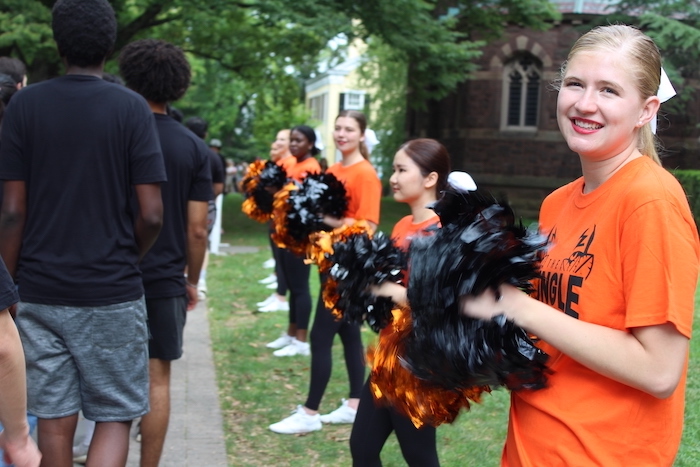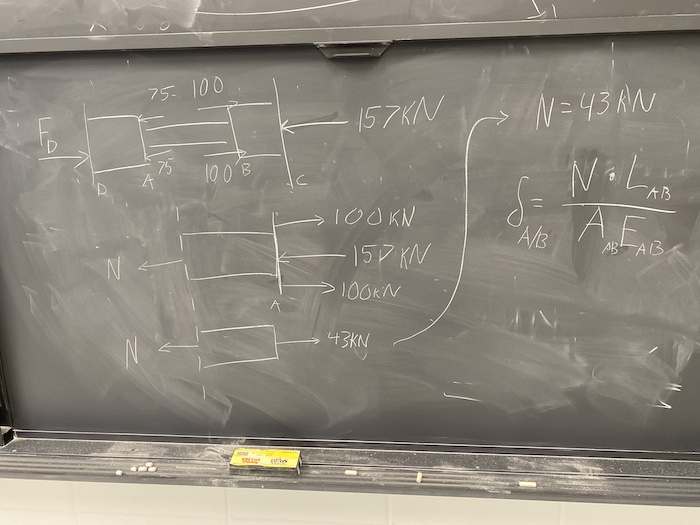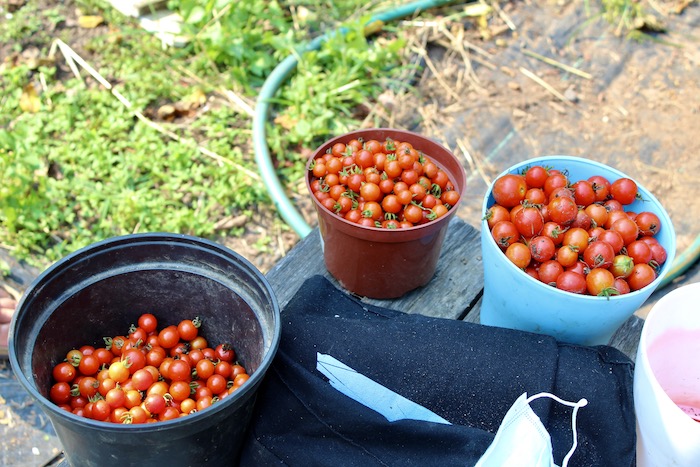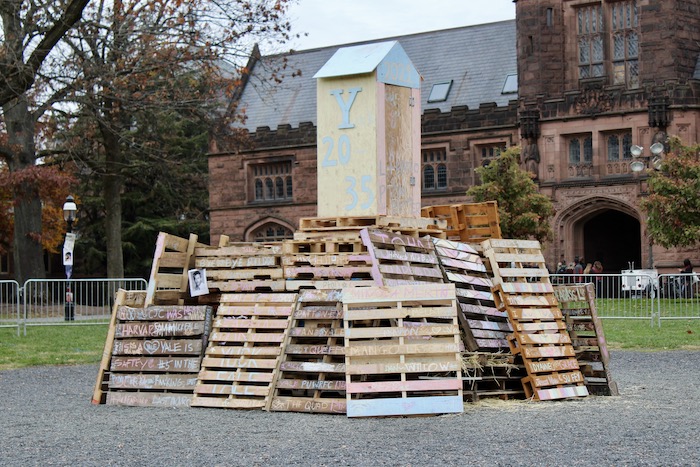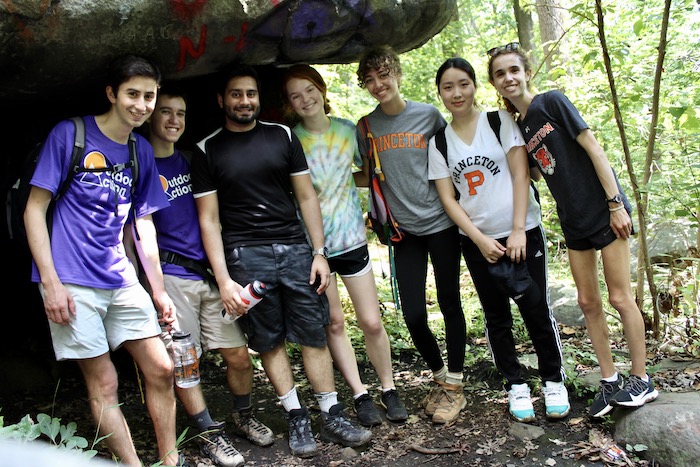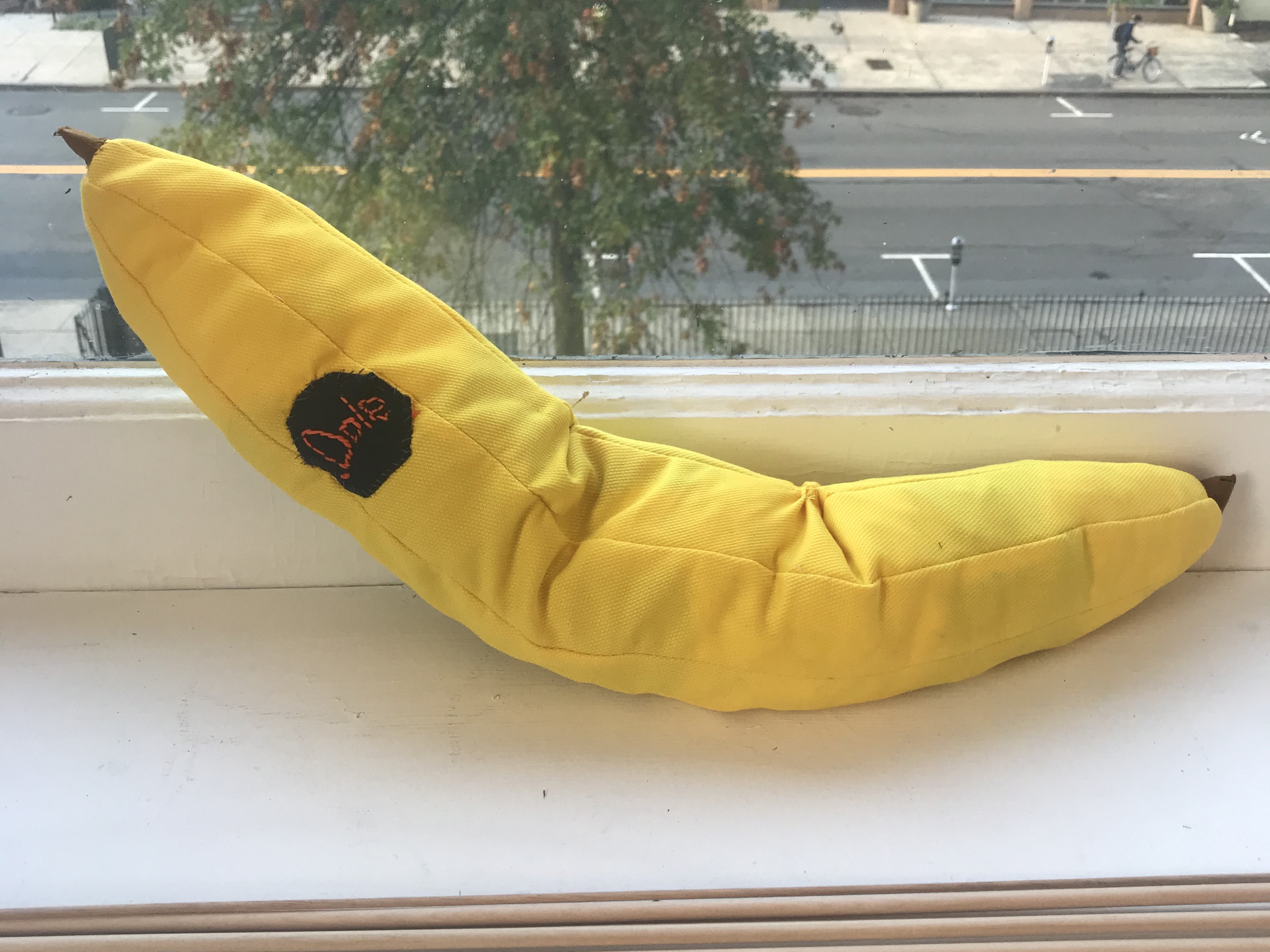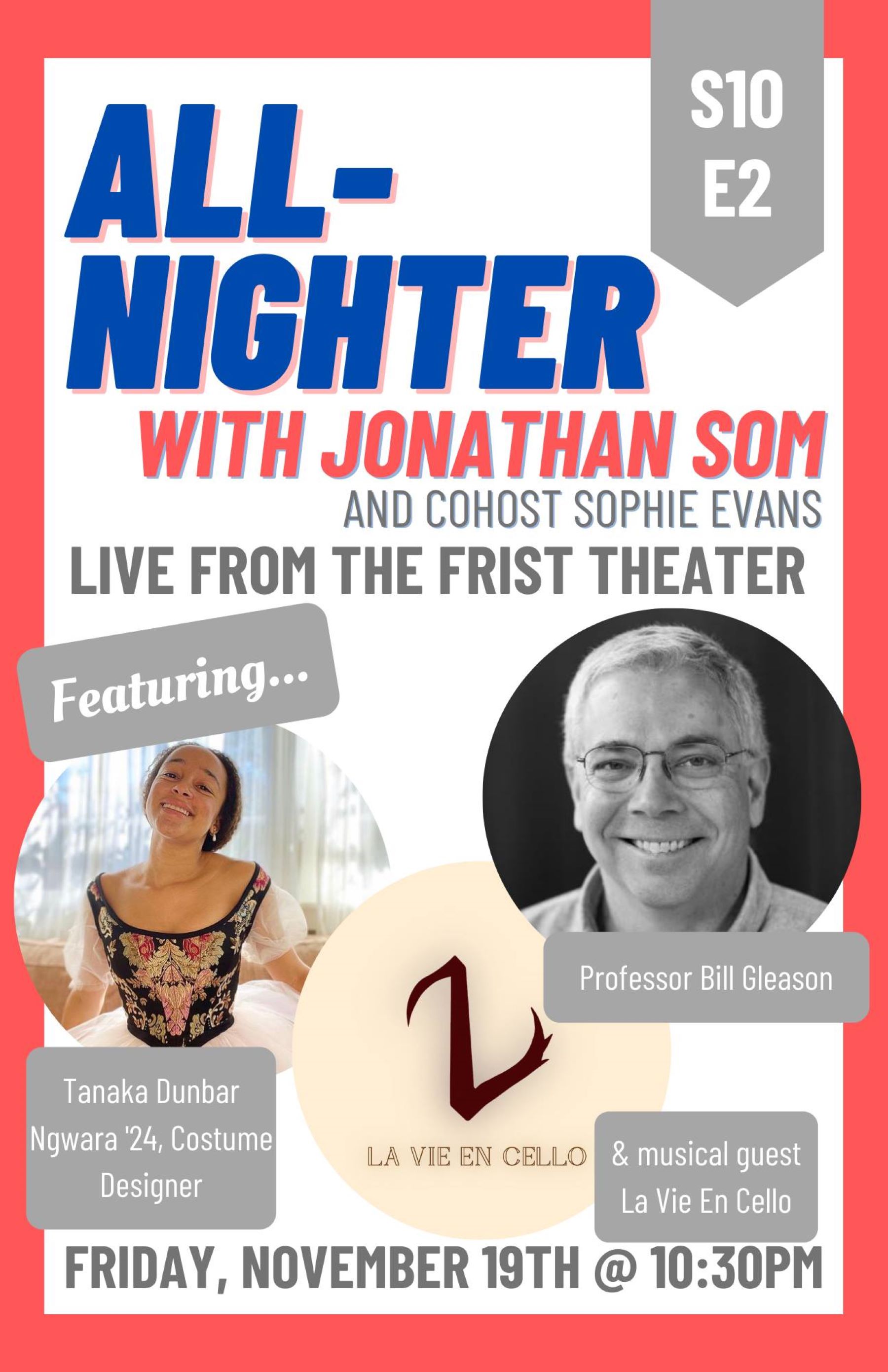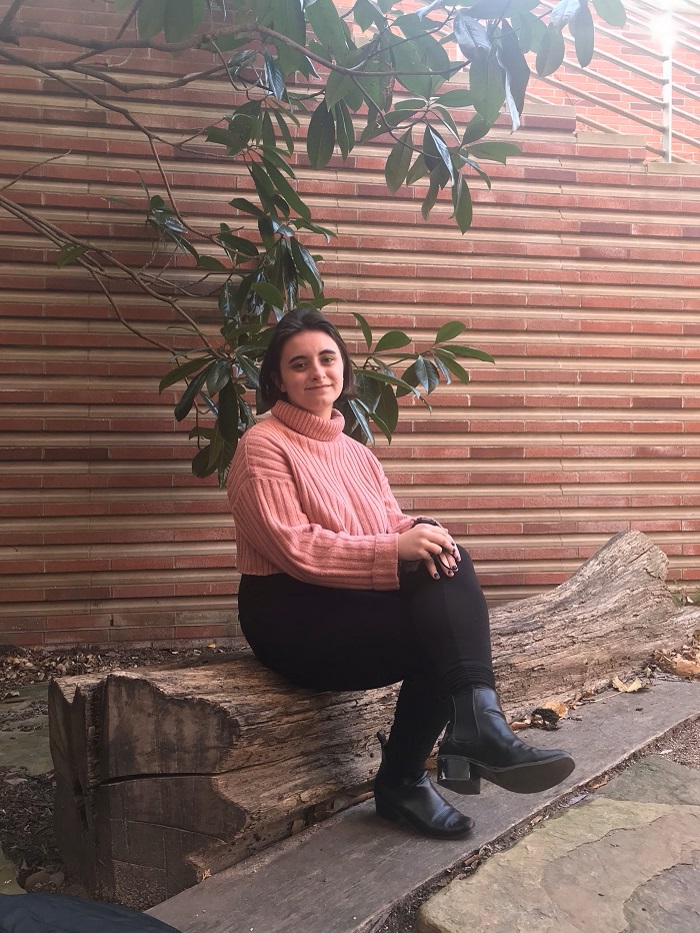It’s crazy to me that I graduate this year - and there’s still so much I want to do at Princeton. Here’s a bucket list of everything I have to do before I leave (sob).
Go to the top of Cleveland Tower. The grad school tower is a Princeton landmark, and it’s right across the golf course from Forbes College, where I live. In fact, in sophomore year I’d see it every morning from my window when I woke up. But most people don’t seem to realize that you can actually visit the top of the tower and take in crazy views of campus
Explore Firestone’s extensive collection. I recently discovered rows of graphic novels and comics from my childhood deep in its lower levels, and spent an afternoon flipping through pages rather than studying for my exams. Firestone Library may be a great place for studying and research, but there’s so much more - odds are, they’ve got stuff on anything you’d be interested in reading. And the library itself is so sprawling that there are so many out-of-the-way nooks and crannies.
Explore all the buildings on campus. Firestone is just the start of it - there are so many buildings on Princeton’s campus that I’ve definitely not fully explored. There are dinosaur skulls and hidden cafes and sixth-floor rooms with floor-to-ceiling windows where you can watch the sun set over campus. Apparently, there are tunnels connecting some of the science buildings…
See a Triangle Show one more time. Every year, I’ve made sure to watch the student-led theater production put on by The Princeton Triangle Club. My sophomore fall, I was actually off campus during opening weekend, and Ubered specifically back to campus just to catch the show. It’s a tradition. Last time I heard “Old Folks Home,” I practically cried.
Eat at all the dining halls again. Each residential college has a dining hall, and during our first and second years, everyone pretty much eats in one or the other - whether it’s which is closest after class, or which has the best looking menu, or which is closest to the lazy friend you’re meeting for dinner. As an upperclassmen, however, most people begin to eat in their eating clubs, co-ops, or independent plans. But everyone still gets two meal swipes per week at the dining halls of old - I’ll make sure to give each of them a go around for old times’ sake.
There's a lot I'll be doing for old times' sake this one last spring - but I think as always, Princeton will throw new and unexpected experiences my way. The bucket list will probably be a lot bigger - and more checked off - in just a few months. As they say in "Old Folks Home," Princeton is truly first rate.








